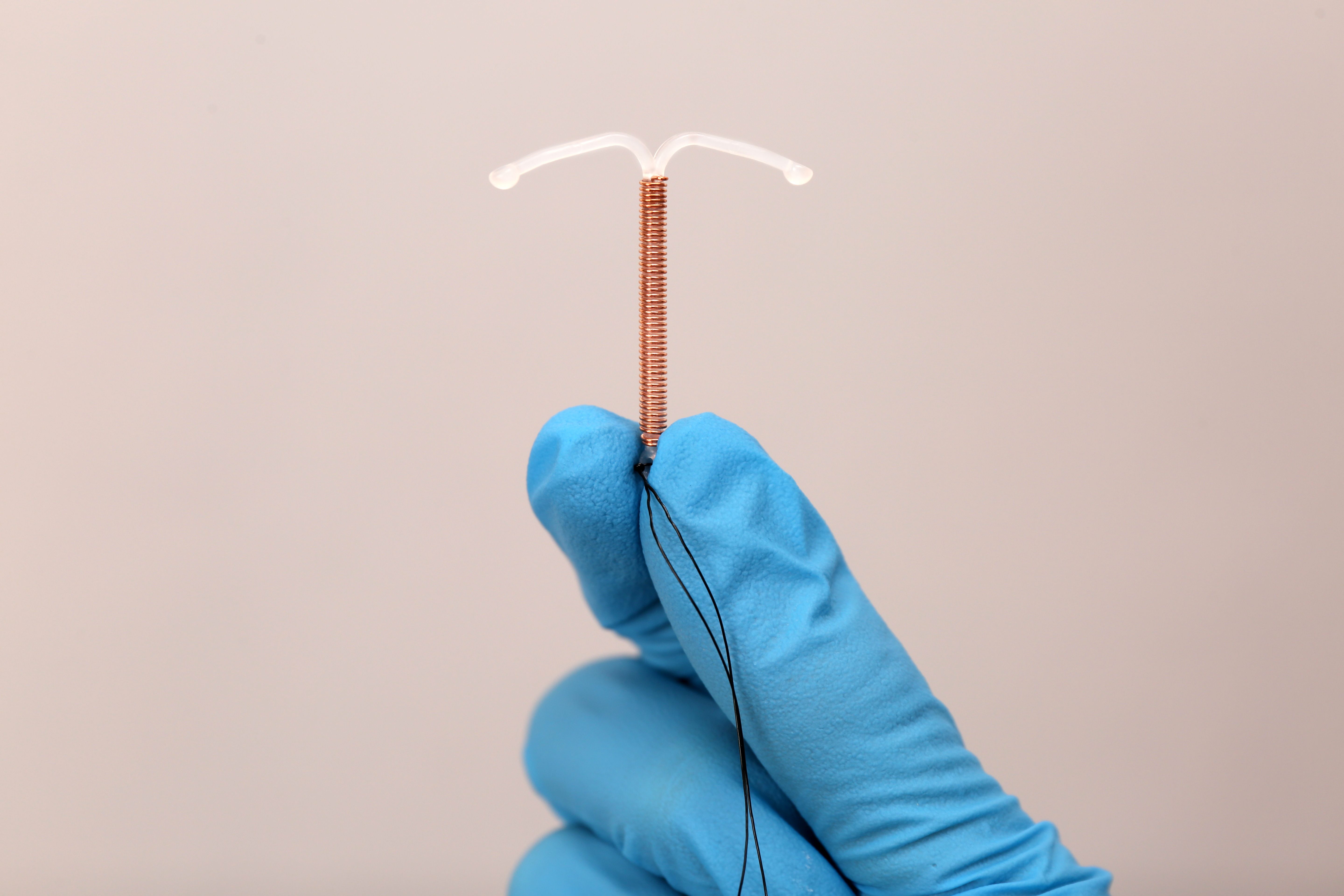Increasing use of intrauterine devices (IUDs) were observed in South Carolina following implementation of the South Carolina Choose Well initiative, according to a recent study published in JAMA Network Open.
Takeaways
- The South Carolina Choose Well initiative, launched in 2017, aimed to address high rates of unintended pregnancies by narrowing contraceptive gaps for uninsured individuals.
- This initiative focused on mitigating costs, developing infrastructure, capacity building, marketing, communication, and strategic learning to improve contraceptive access.
- A study evaluating the impact of the Choose Well initiative on contraceptive use among women aged 18 to 44 years in South Carolina found a significant increase in the use of long-acting reversible contraceptives (LARCs), particularly intrauterine devices (IUDs).
- Compared to Alabama, where LARC and IUD use saw minimal increases, South Carolina experienced a substantial rise in both, indicating the effectiveness of the Choose Well initiative.
- These findings underscore the positive impact of statewide initiatives such as Choose Well in improving contraceptive access and highlight the importance of ongoing efforts to support reproductive health among women.
Multiple initiatives have been implemented across the United States to improve access and use of contraceptive methods. In 2017, the South Carolina Choose Well initiative launched to address the high rate of unintended pregnancy in South Carolina. It was designed as a 6-year initiative to narrow contraceptive gaps for uninsured individuals.
Choose well improved contraceptive access by mitigating costs, developing infrastructure, capacity building, marketing and communication, and strategic learning. Over 450,000 patients have been reached by the initiative. However, data about the impact of these actions has remained limited to mainly patients enrolled in a single state Medicaid program.
Investigators conducted a study to evaluate the impact of the Choose Well initiative on contraceptive use among reproductive aged women in South Carolina. Data about women aged 18 to 44 years from October 1, 2017, to April 30, 2018, was obtained from the Statewide Survey of Women in Alabama and South Carolina.
Participants from the initial sample who completed 3 follow-up surveys in 2019, 2020, and 2021, were included in the longitudinal cohort. Questions about contraception use and behaviors were the same as those posed during the baseline survey.
Exclusion criteria included having tubal ligation, being infertile, currently pregnant, or trying to get pregnant, and not completing at least 2 of the 3 follow-up surveys. Changes in contraception use were reported as the primary outcome, determined by a series of questions on the surveys.
The first question asked participants if they were using any birth control method. Those who responded yes were asked which birth control methods they were currently using, and participants were categorized based on individual methods.
Long-acting reversible contraceptives (LARCs) included implants and IUDs, while short-acting hormonal methods included birth control pills, patches, hormonal injections, and vaginal rings. Withdrawal, male condoms, natural family planning, and other female barrier methods were also reported.
Covariates included race and ethnicity, age, education level, marital status, insurance status, contraceptive visit within the prior 12 months, ability to afford birth control, Person-Centered Contraceptive Counseling scale, and sexual activity with a male individual.
There were 1344 patients aged a mean 34 years included in the analysis, 3.4% of whom were Hispanic, 18.1% non-Hispanic Black, 75.3% non-Hispanic White, and 3.4% non-Hispanic other. Residence in Alabama was reported in 49.6% of the study population and residence in South Carolina by 50.4%.
While most covariates did not differ between patients in Alabama vs South Carolina, more patients in South Carolina had never been married and had a bachelor’s degree. A 3.5% increase in LARC use was reported in patients in South Carolina, from 17.6% to 21.1%.
In Alabama, LARC use increased by only 0.1%, from 18% to 18.1%. This indicated an adjusted odds ratio (OR) of 1.24 for use in South Carolina vs Alabama.
IUD use increased by 3.4% in South Carolina, from 14% to 17.4%. In comparison, IUD use increased by 2.1% in Alabama, from 13.8% to 15.9% This indicated an adjusted OR of 1.19.
These results indicated a positive impact from the South Carolina Choose Well initiative on contraceptive use among reproductive-aged women. Investigators concluded this data adds to increasing evidence supporting initiatives for statewide contraceptive access.
Reference
Hale N, Lee J, de Jong J, Smith MG, Khoury AJ. Contraceptive method use among a population-based cohort during the South Carolina Choose Well initiative. JAMA Netw Open. 2024;7(4):e248262. doi:10.1001/jamanetworkopen.2024.8262

